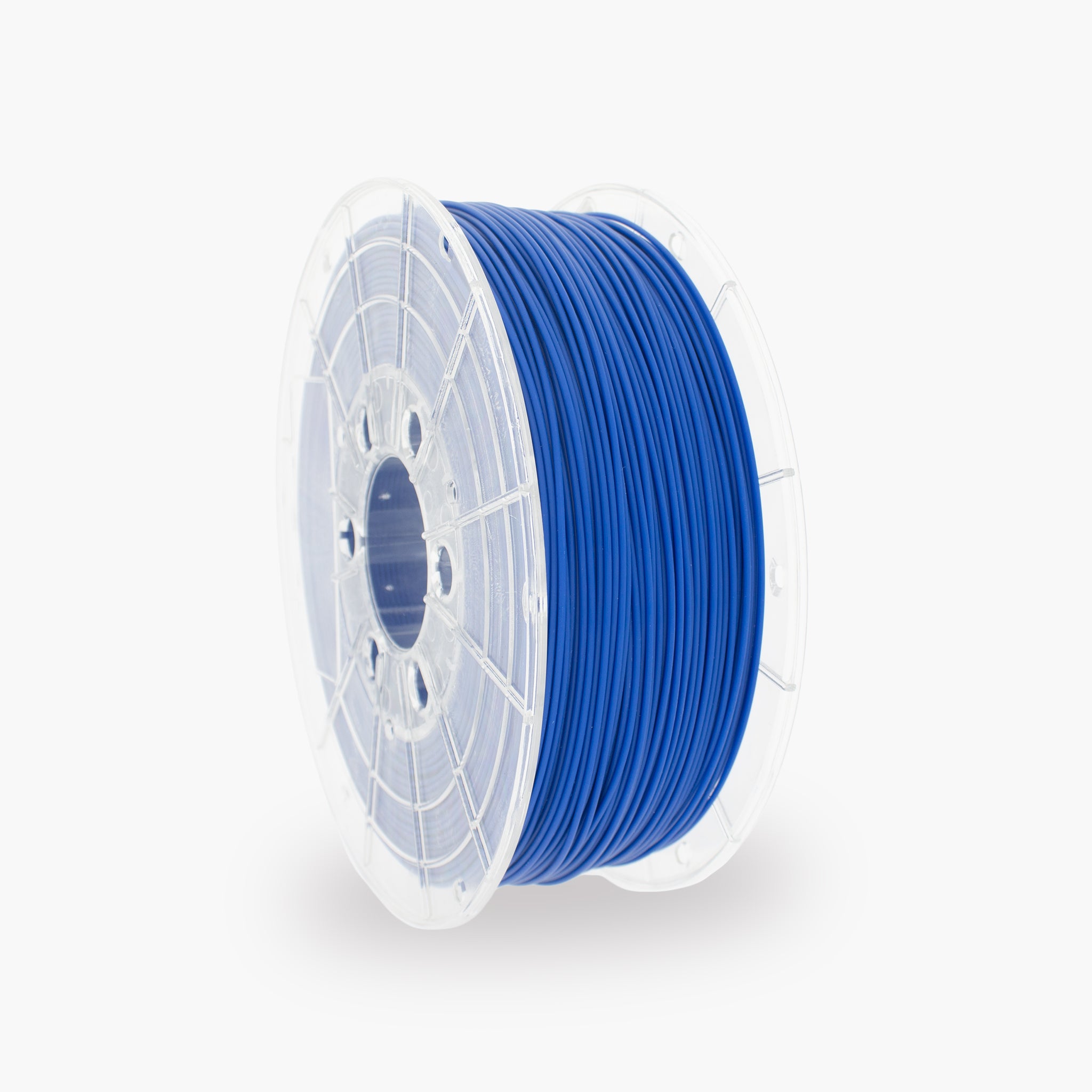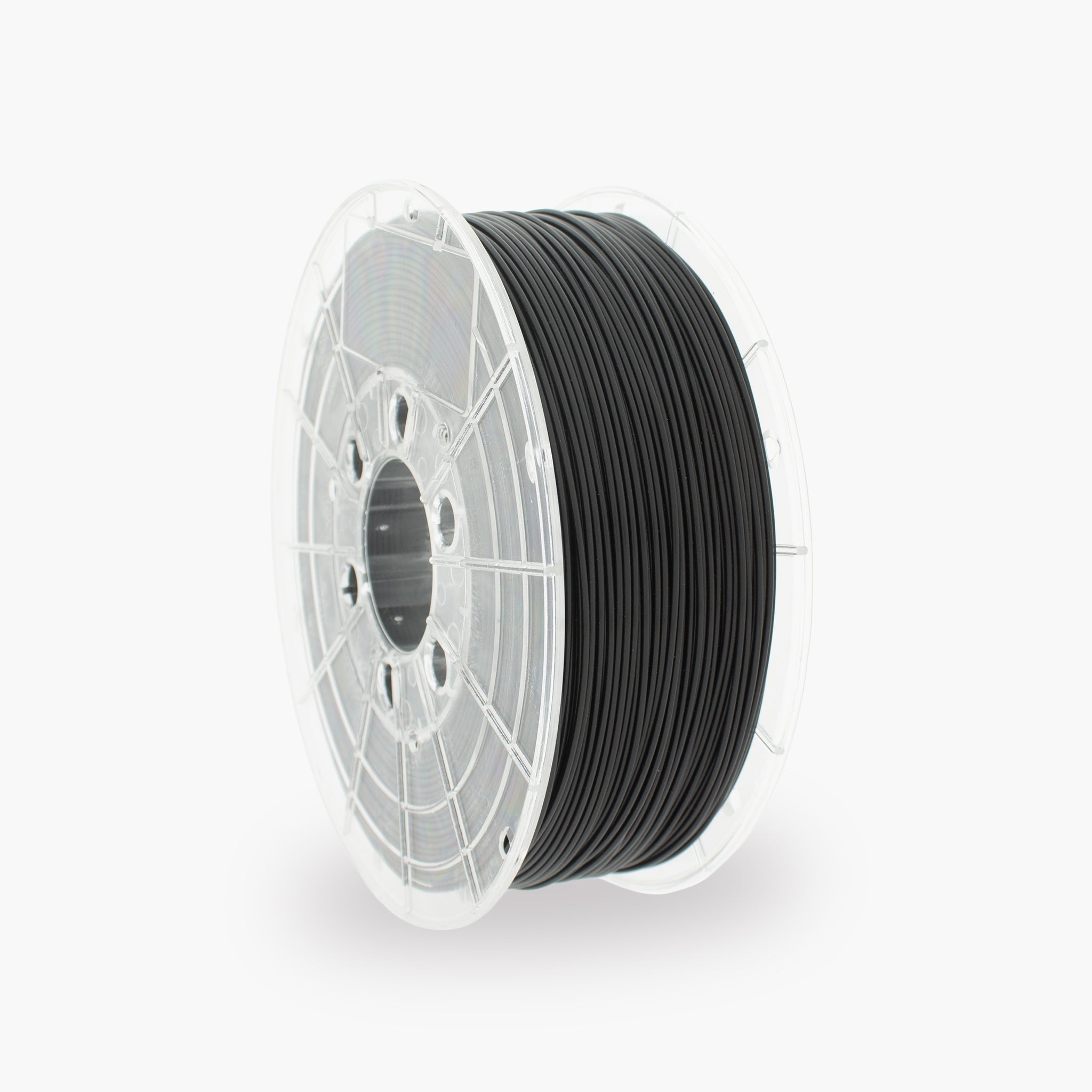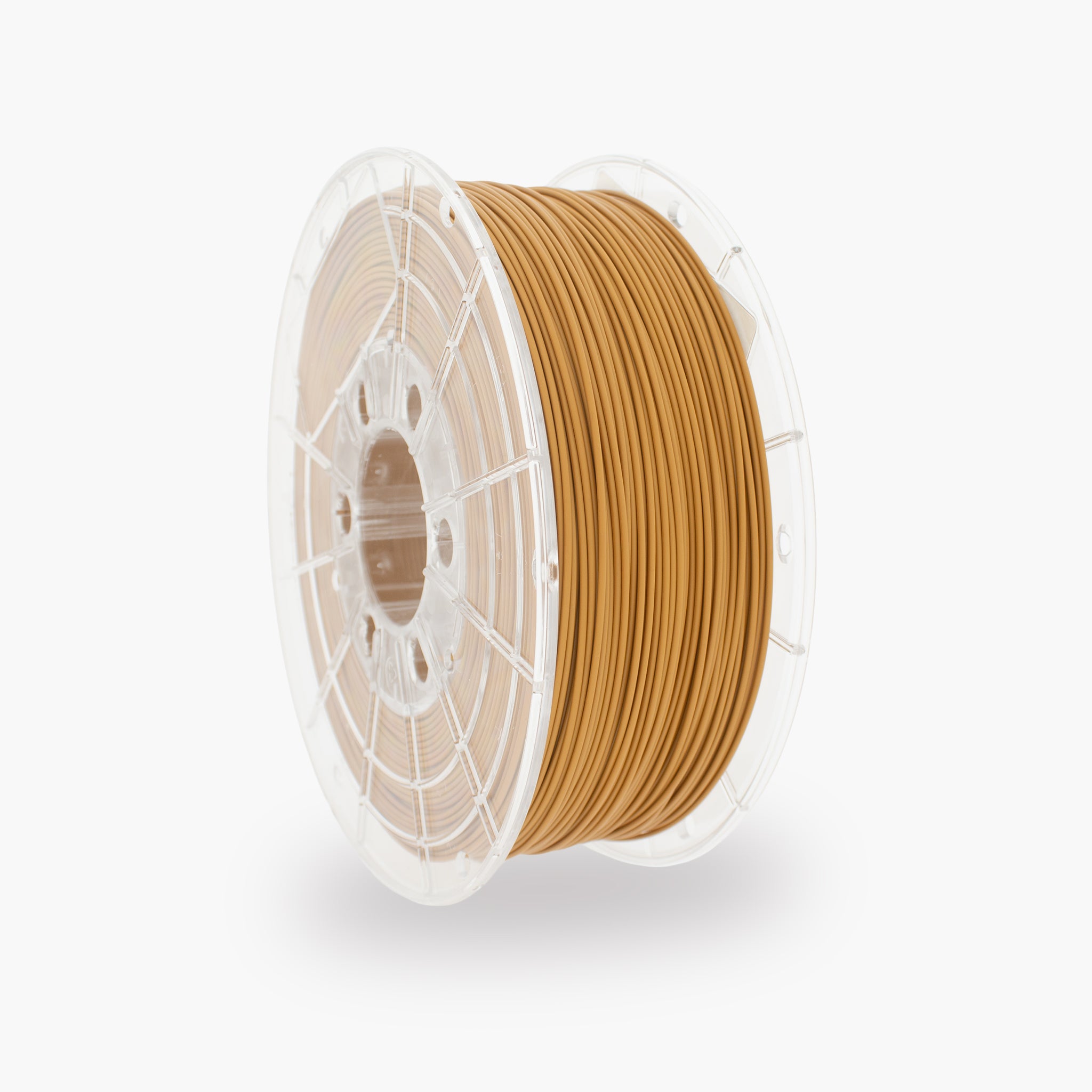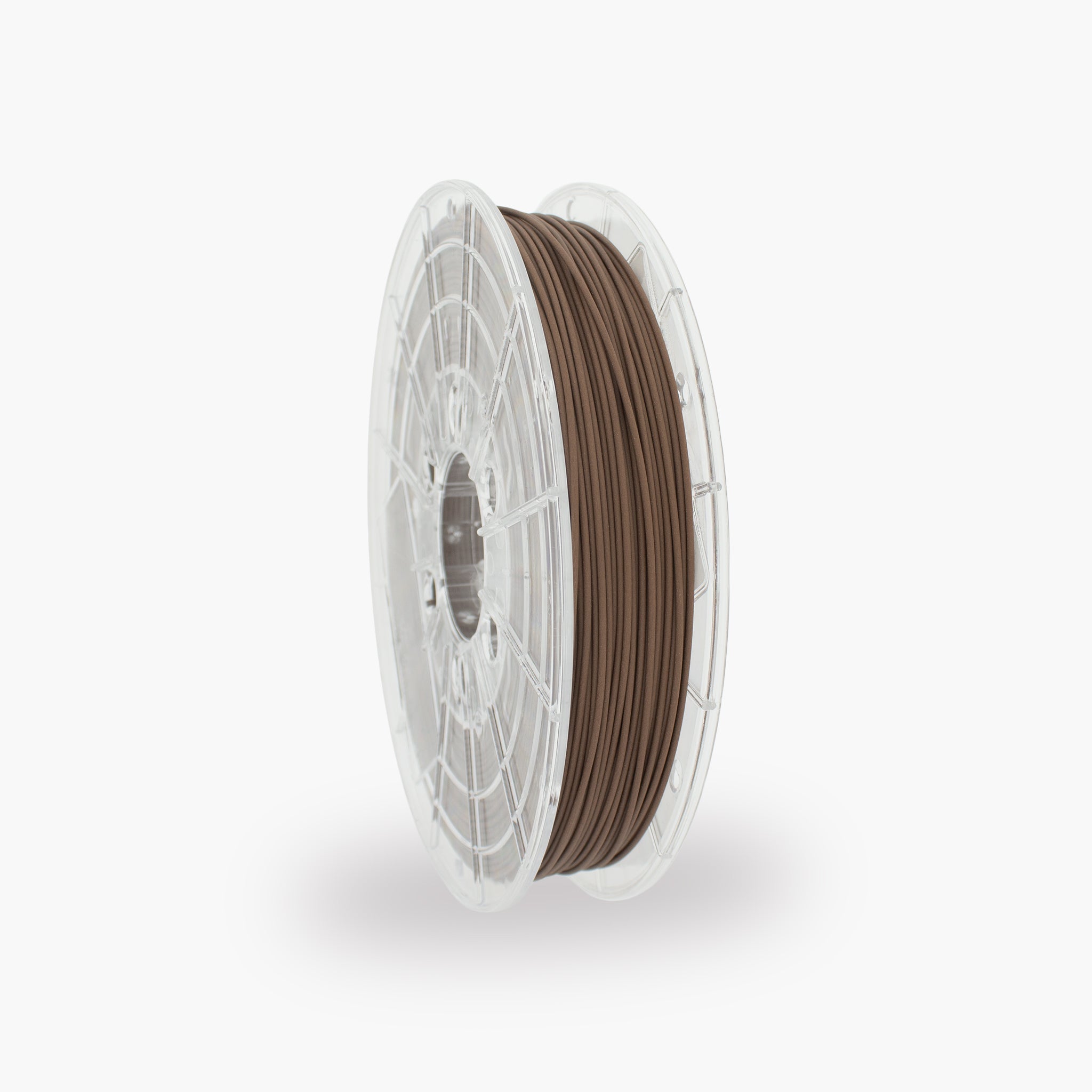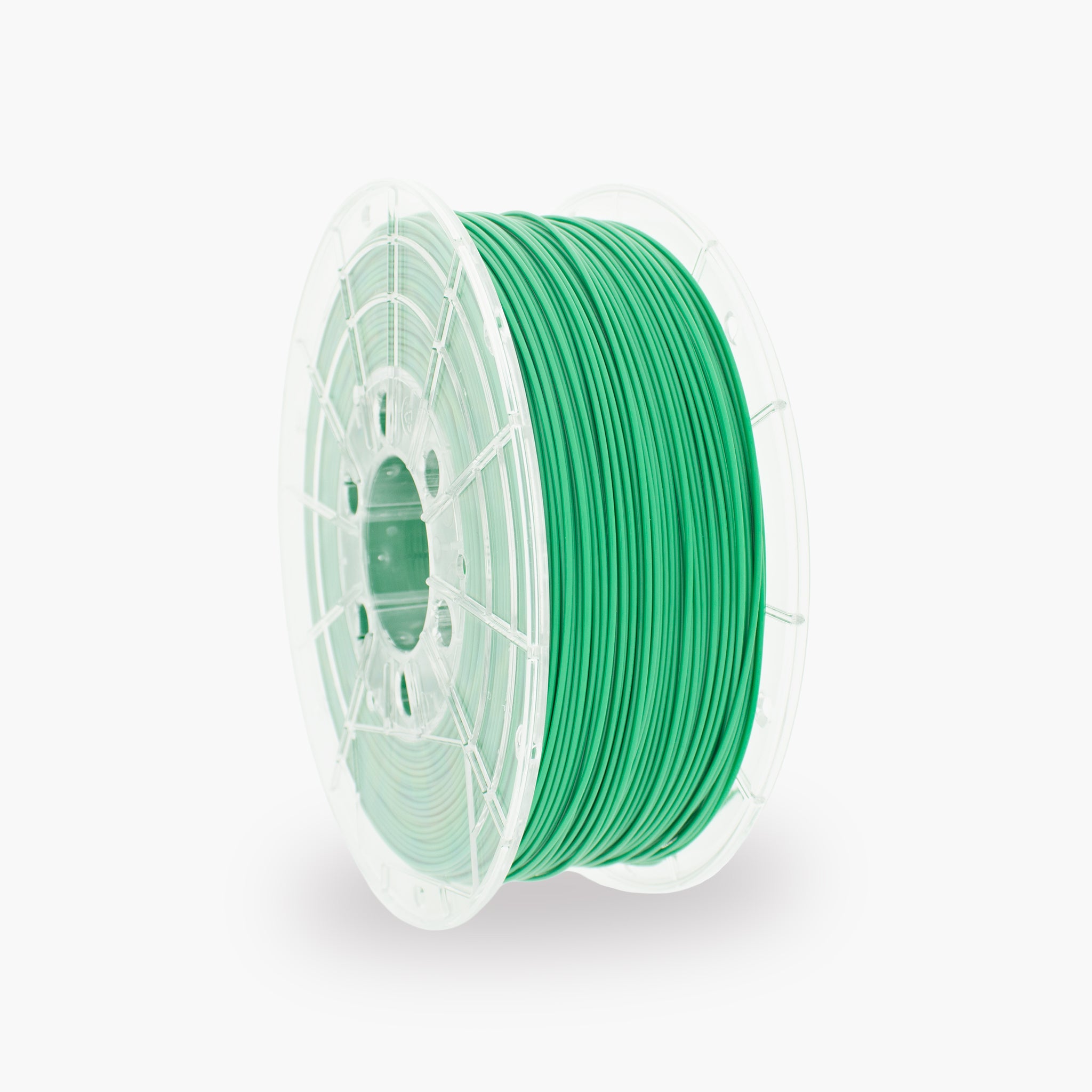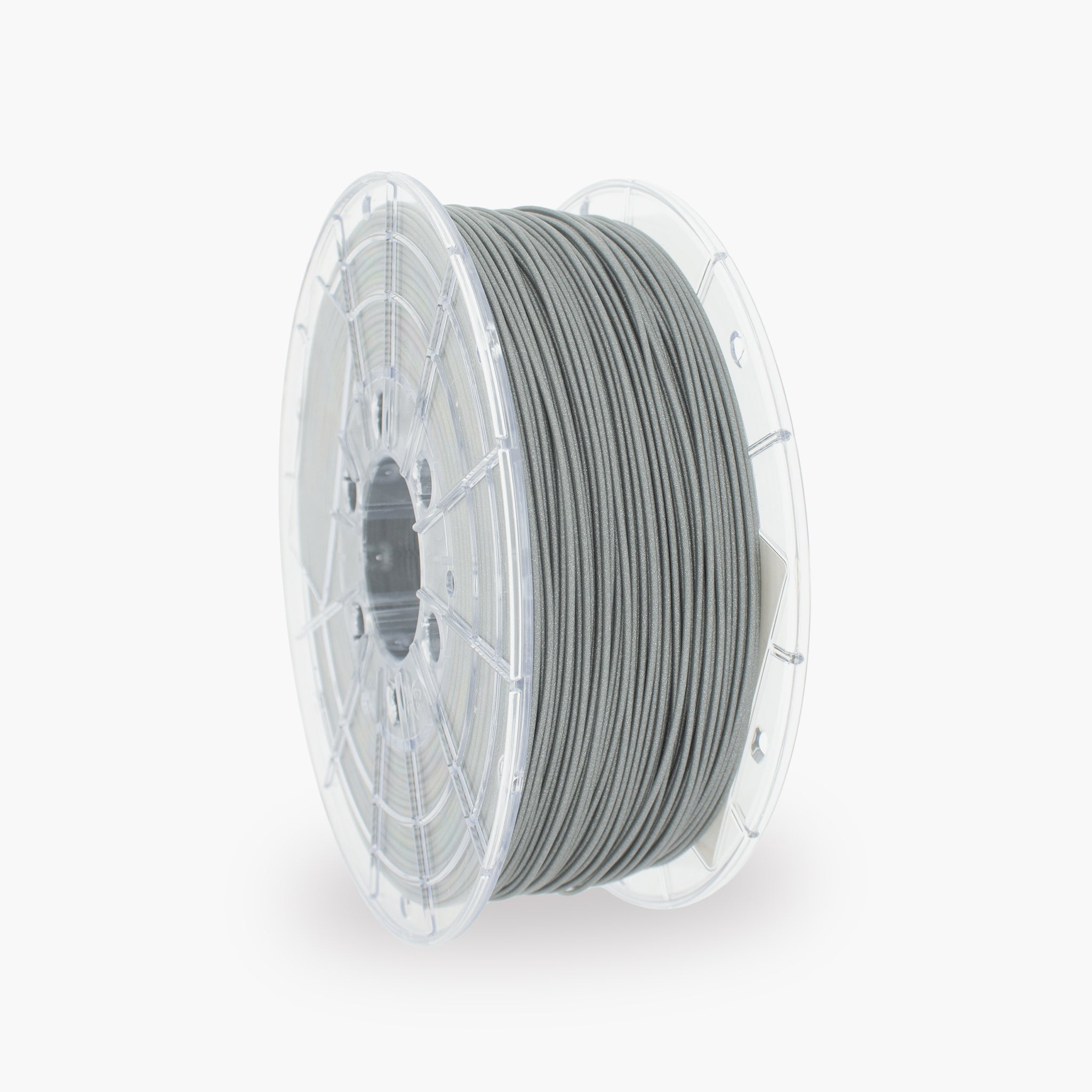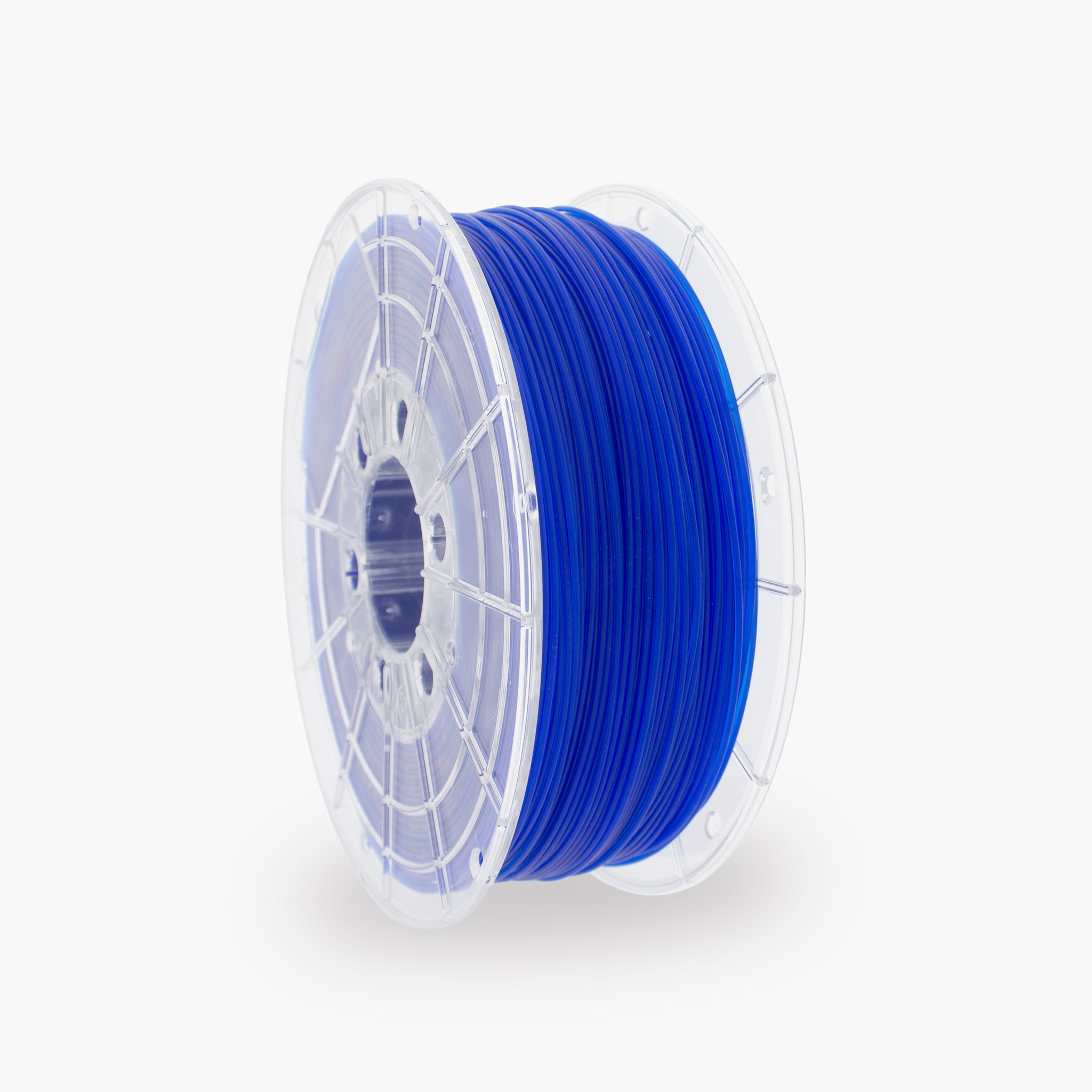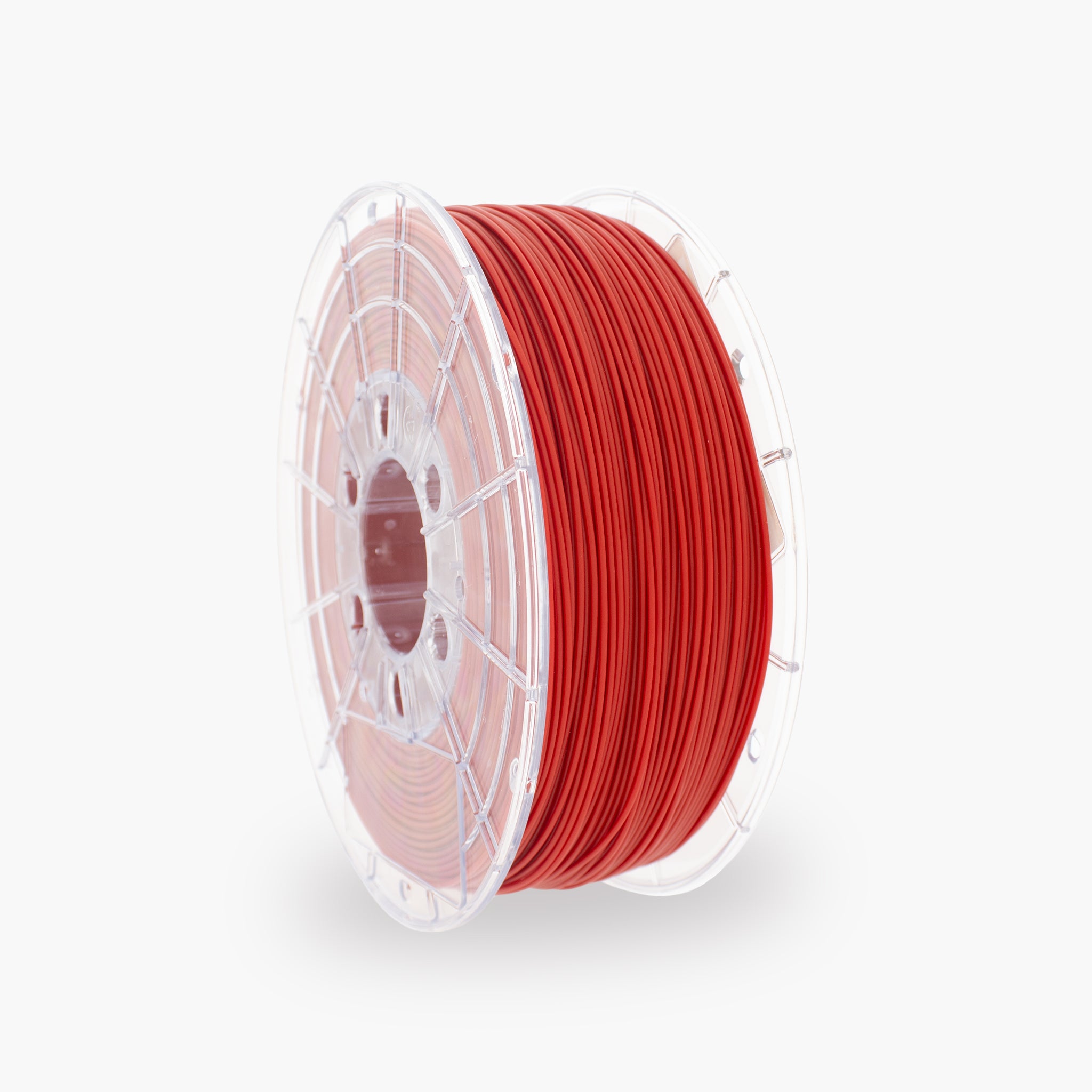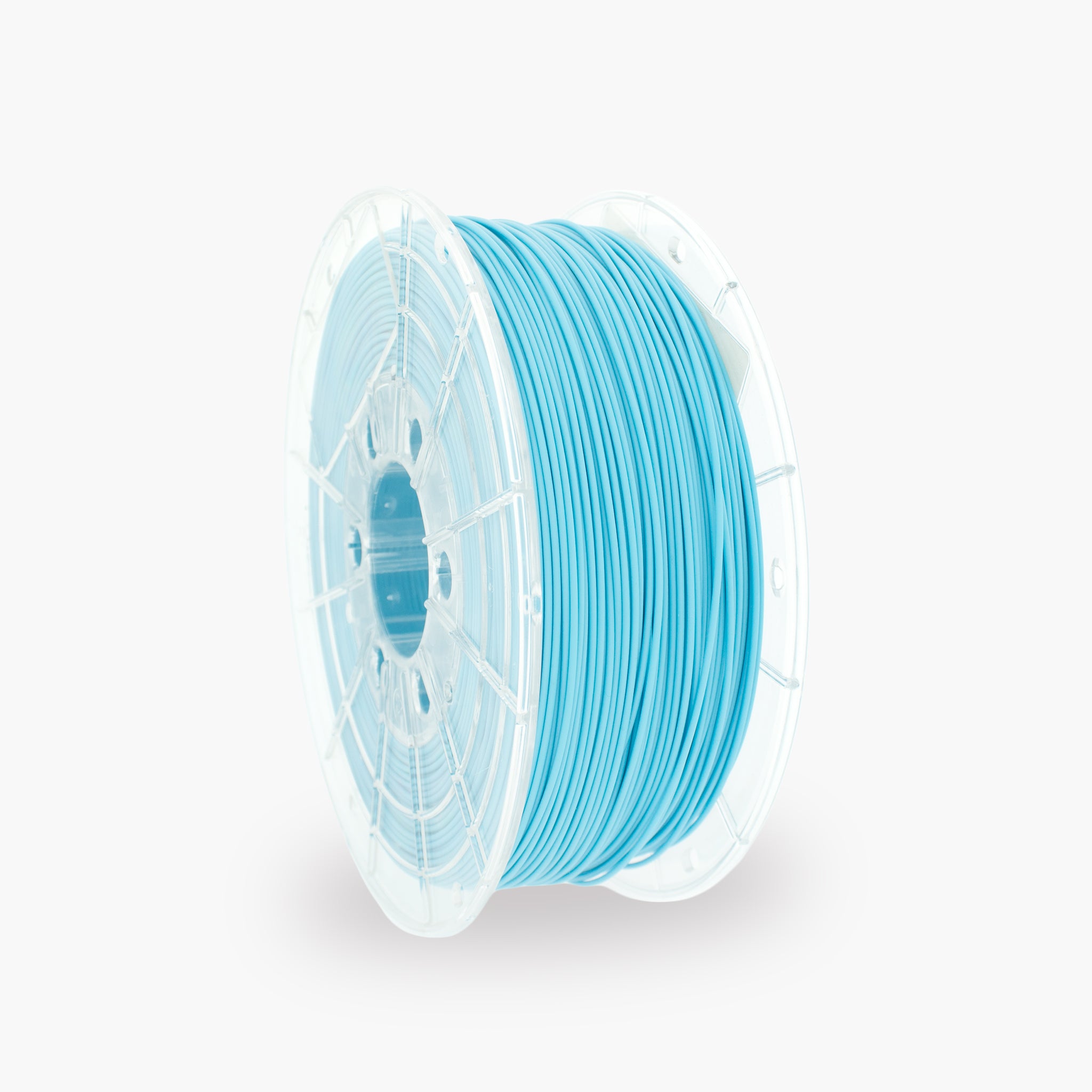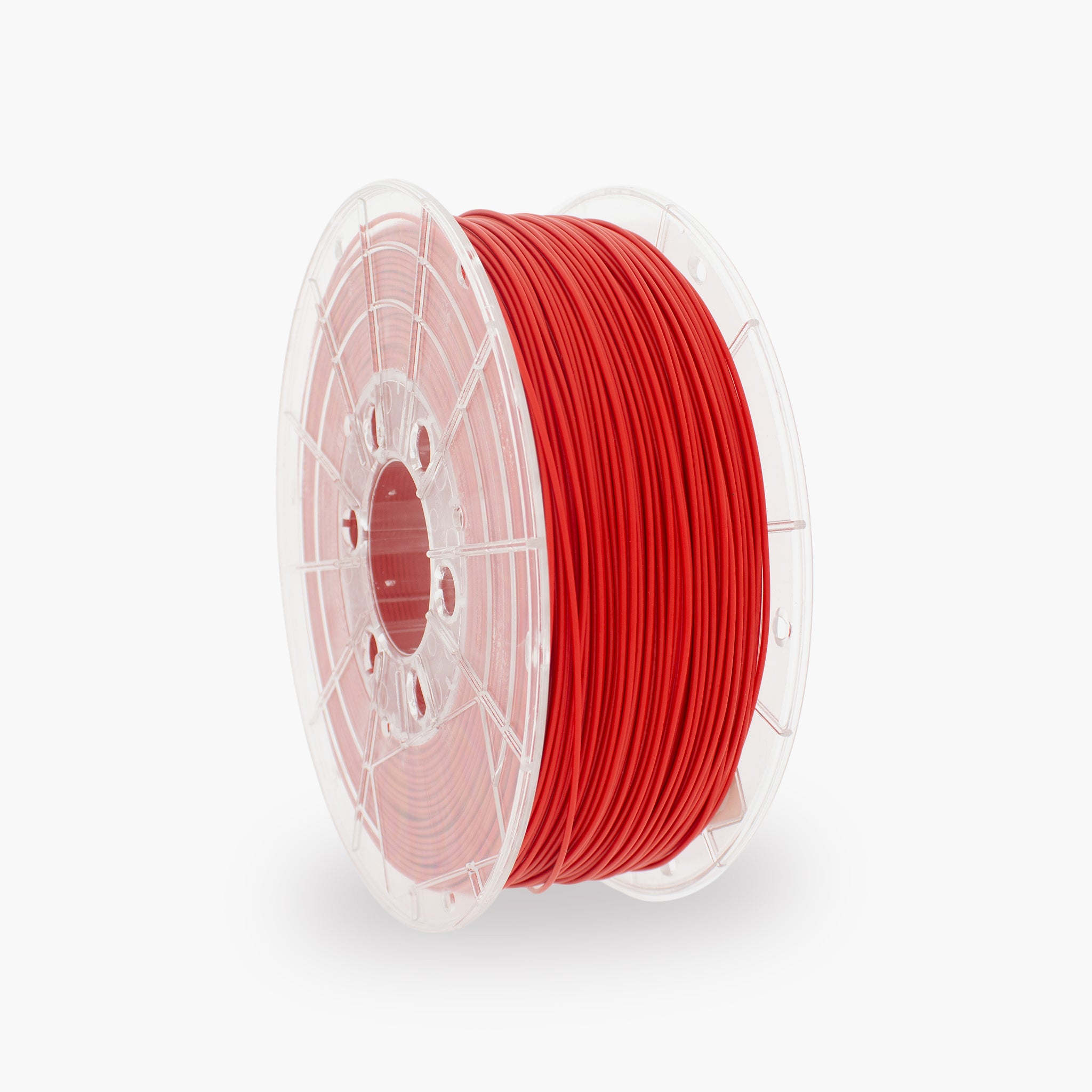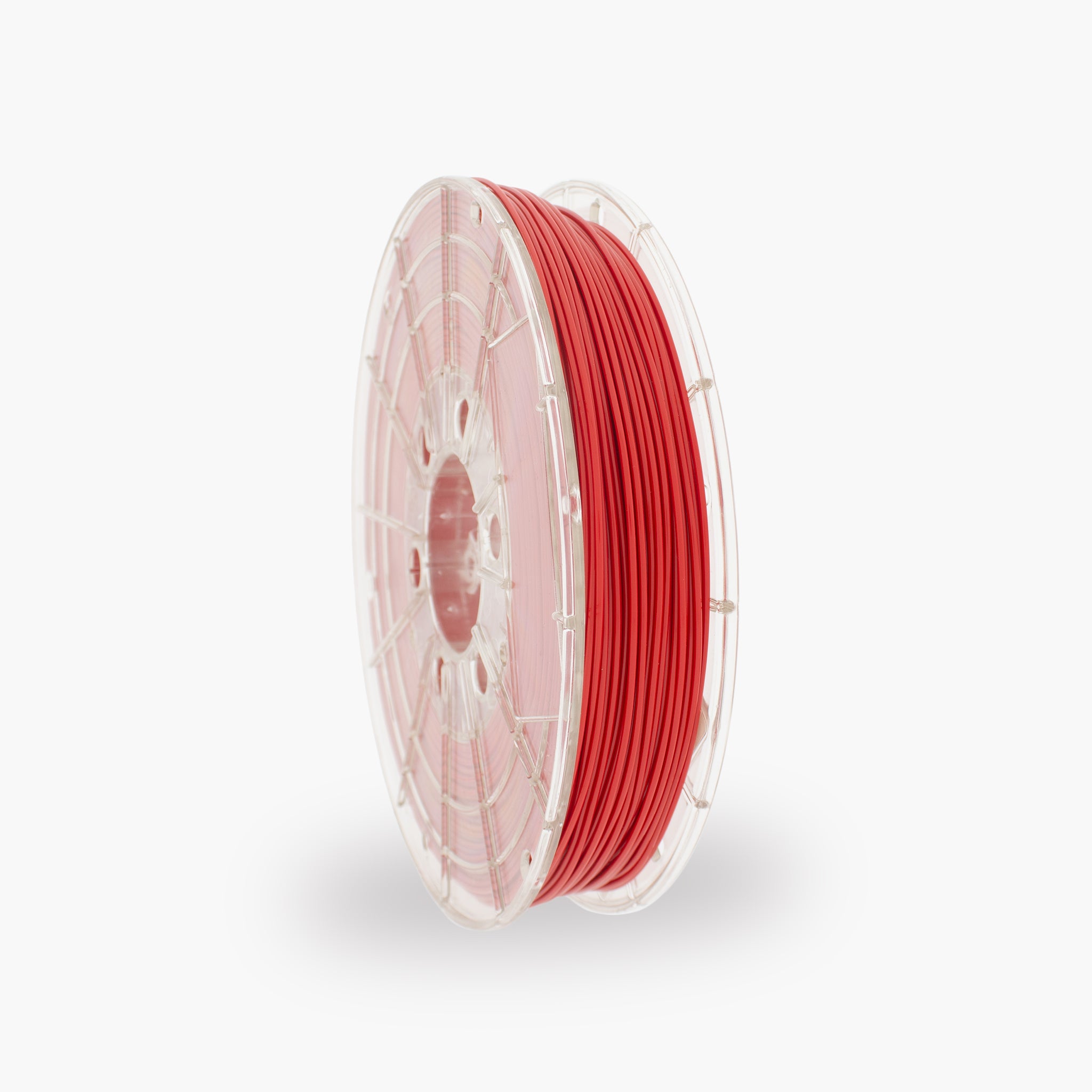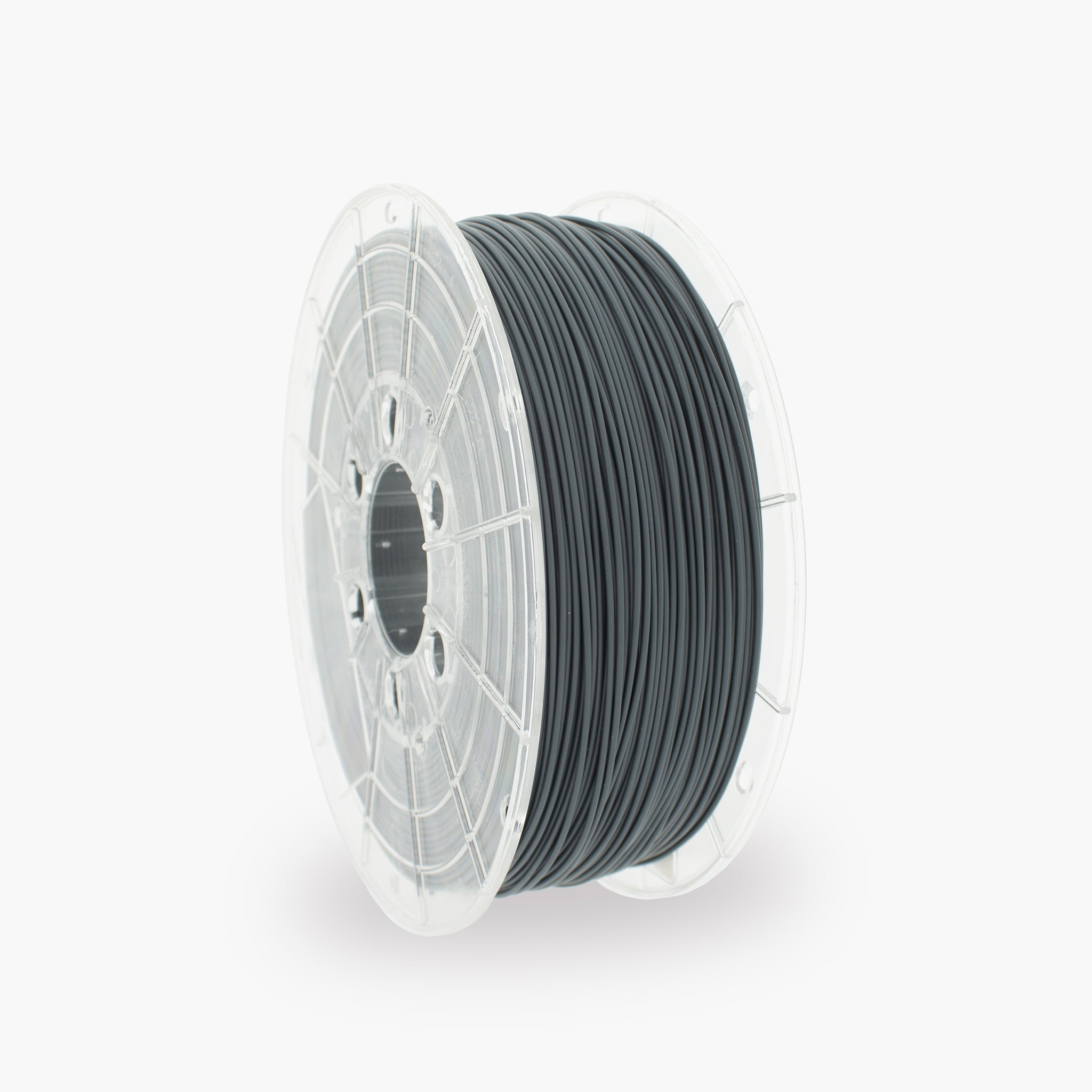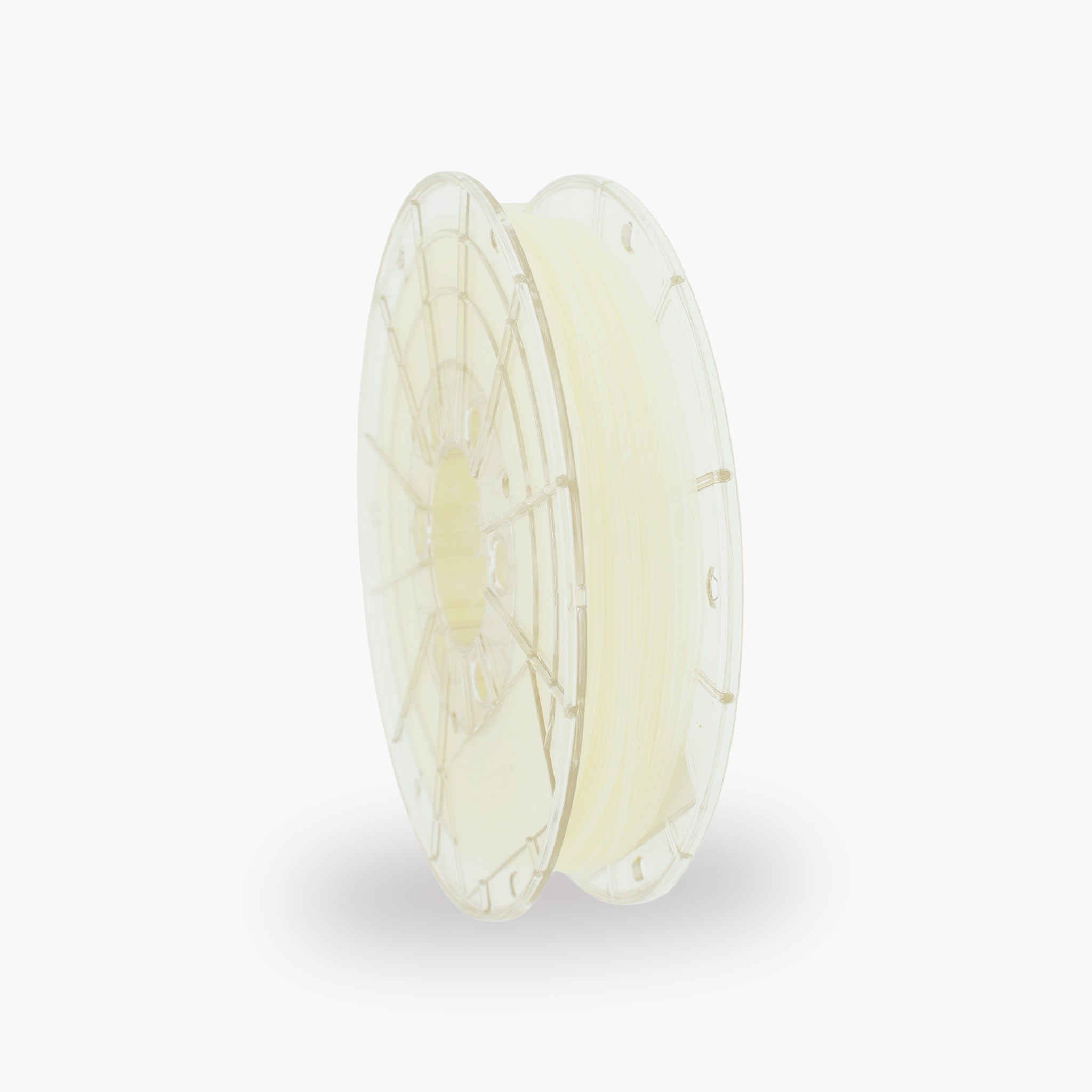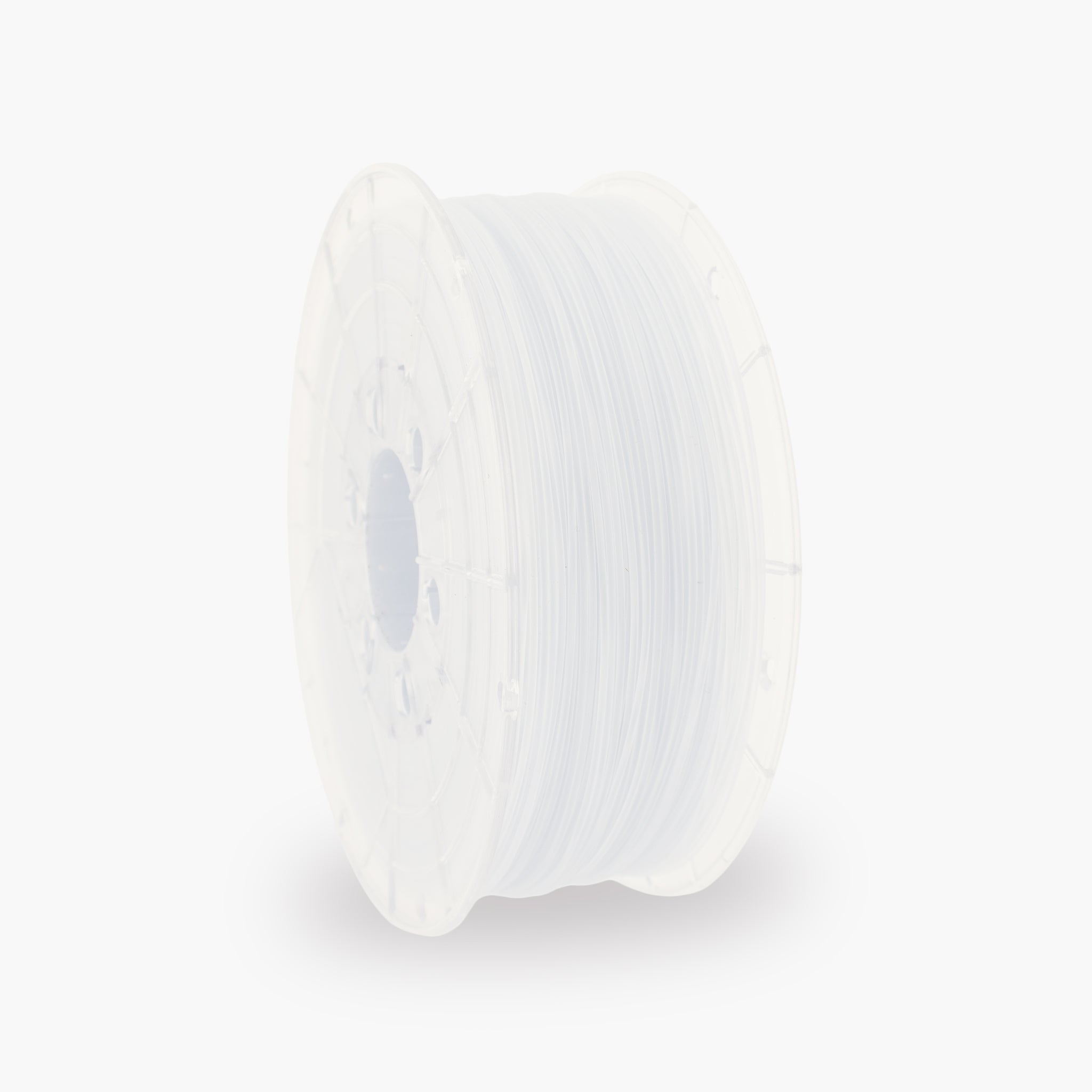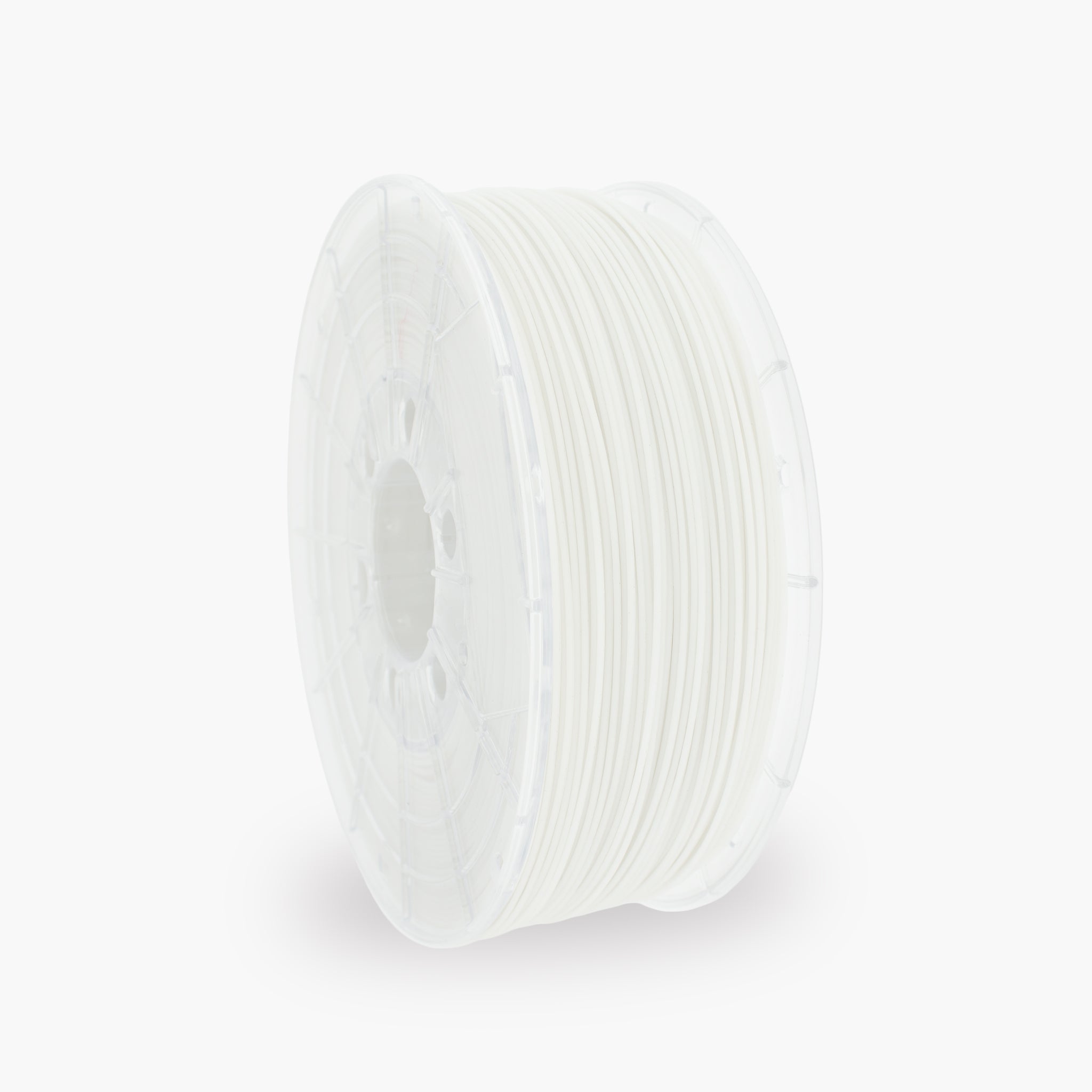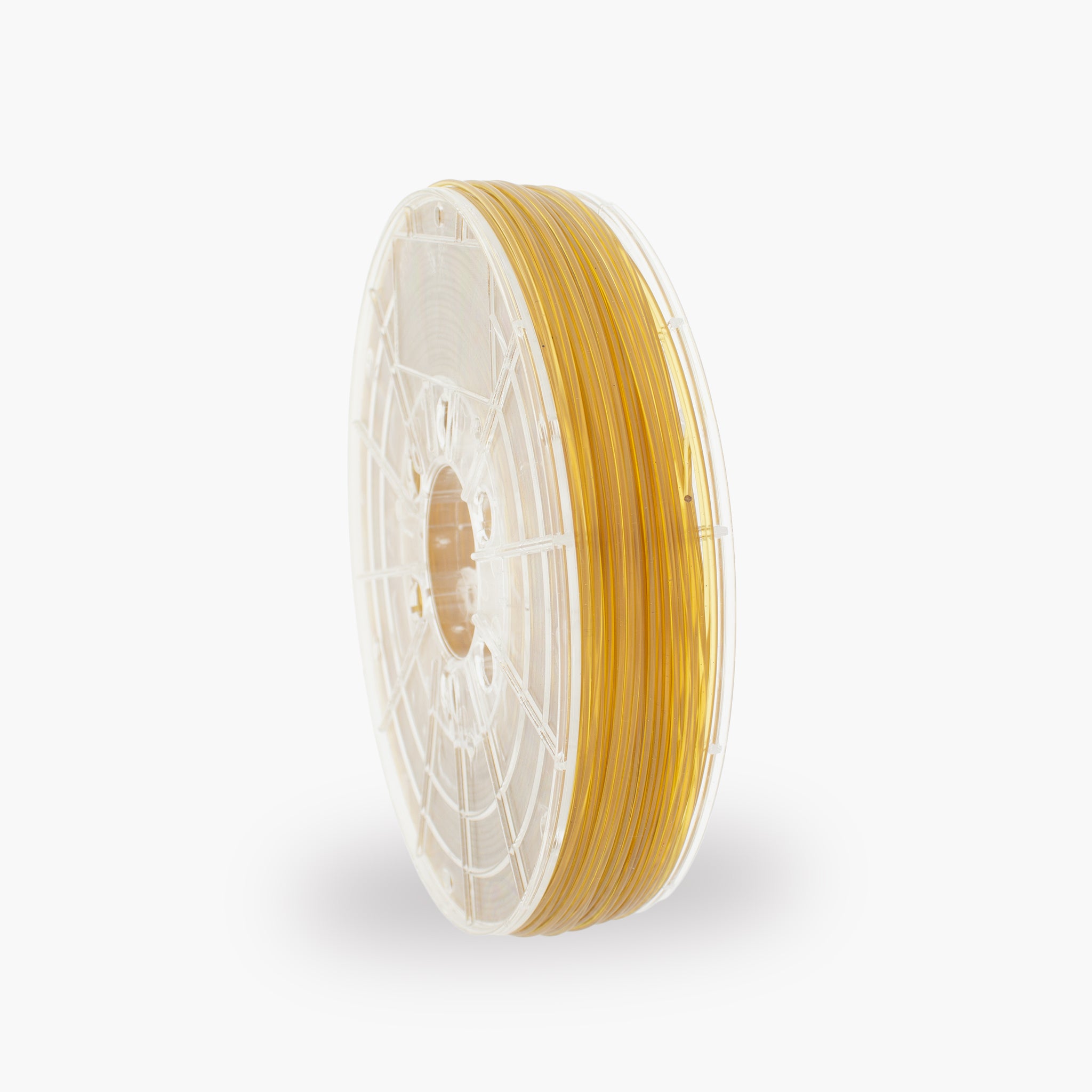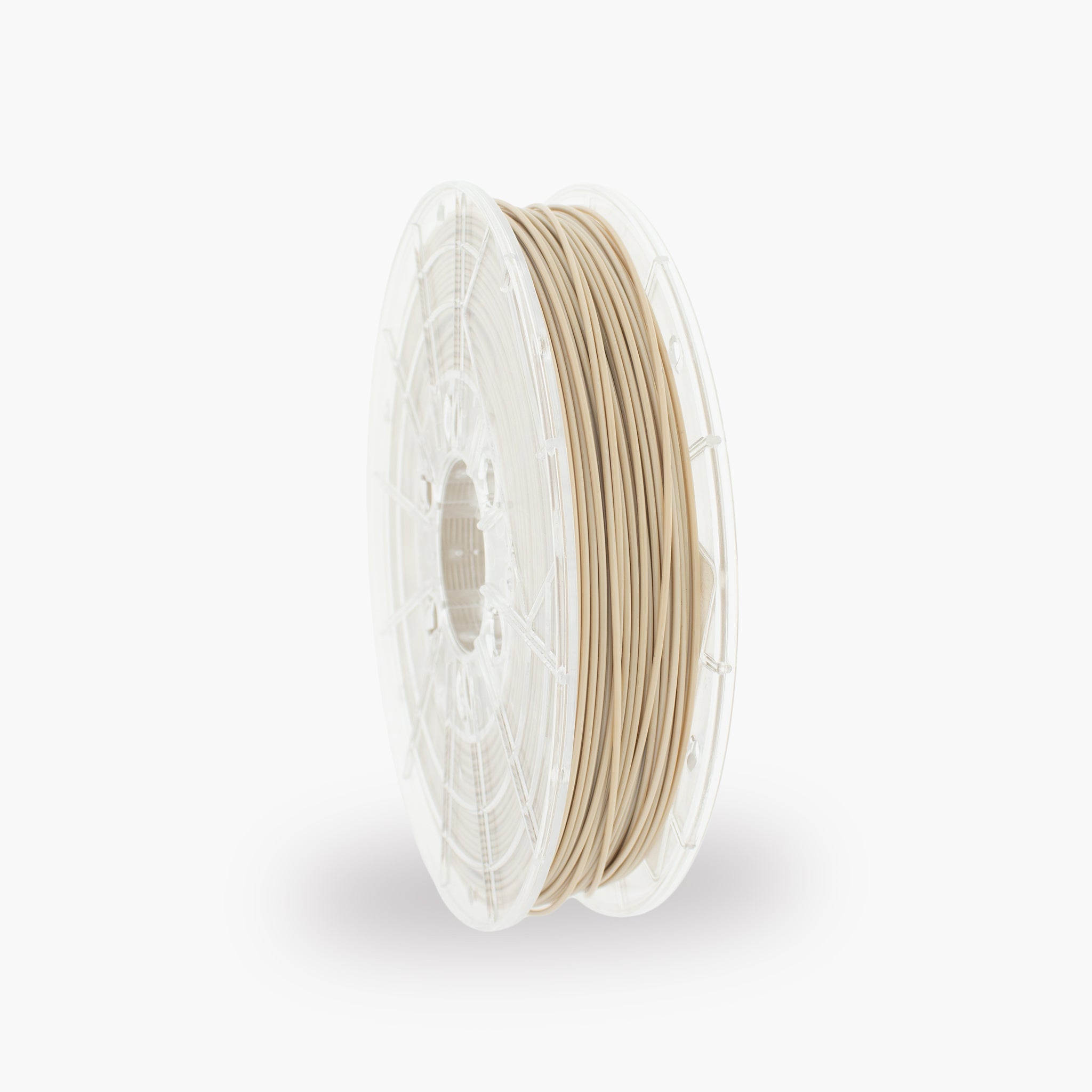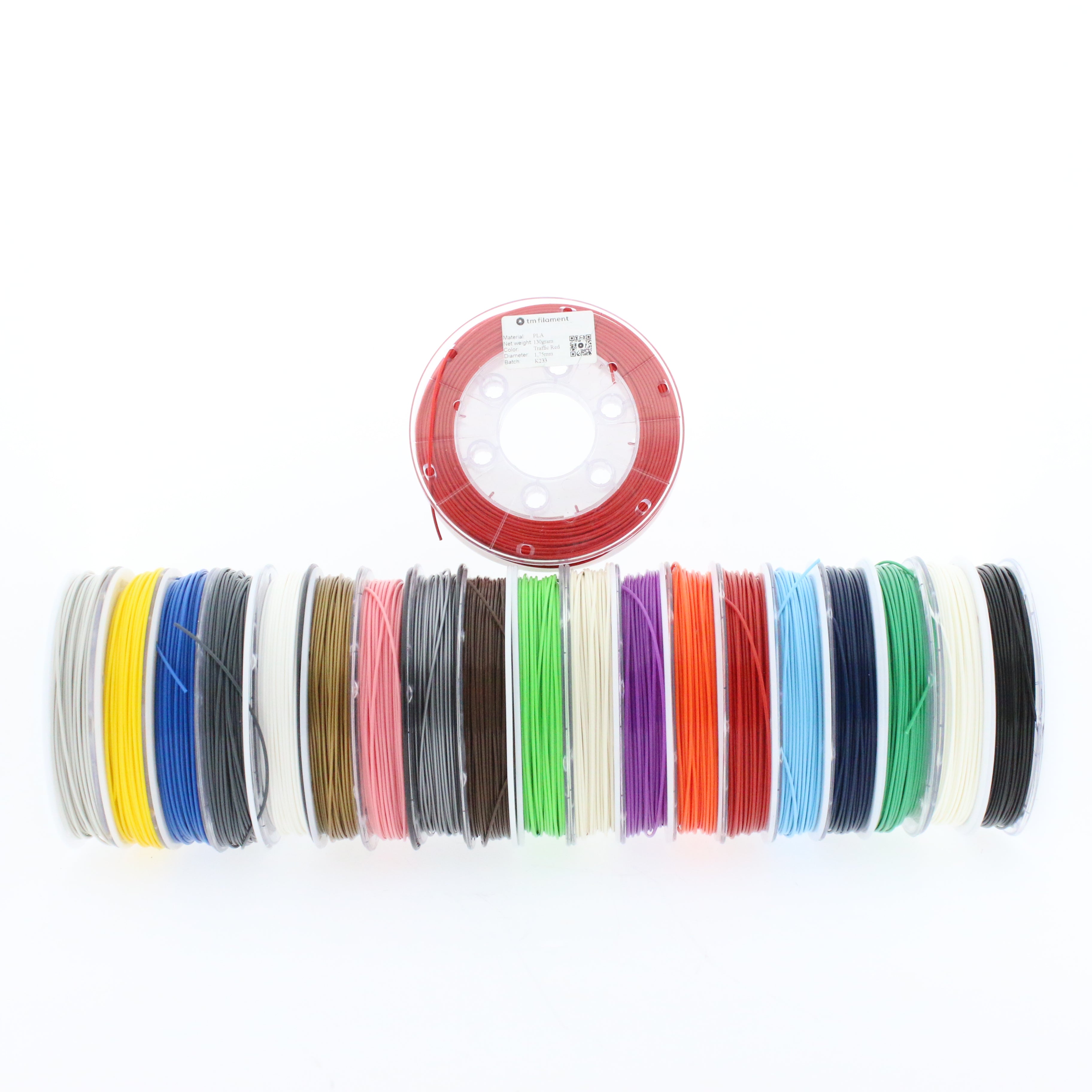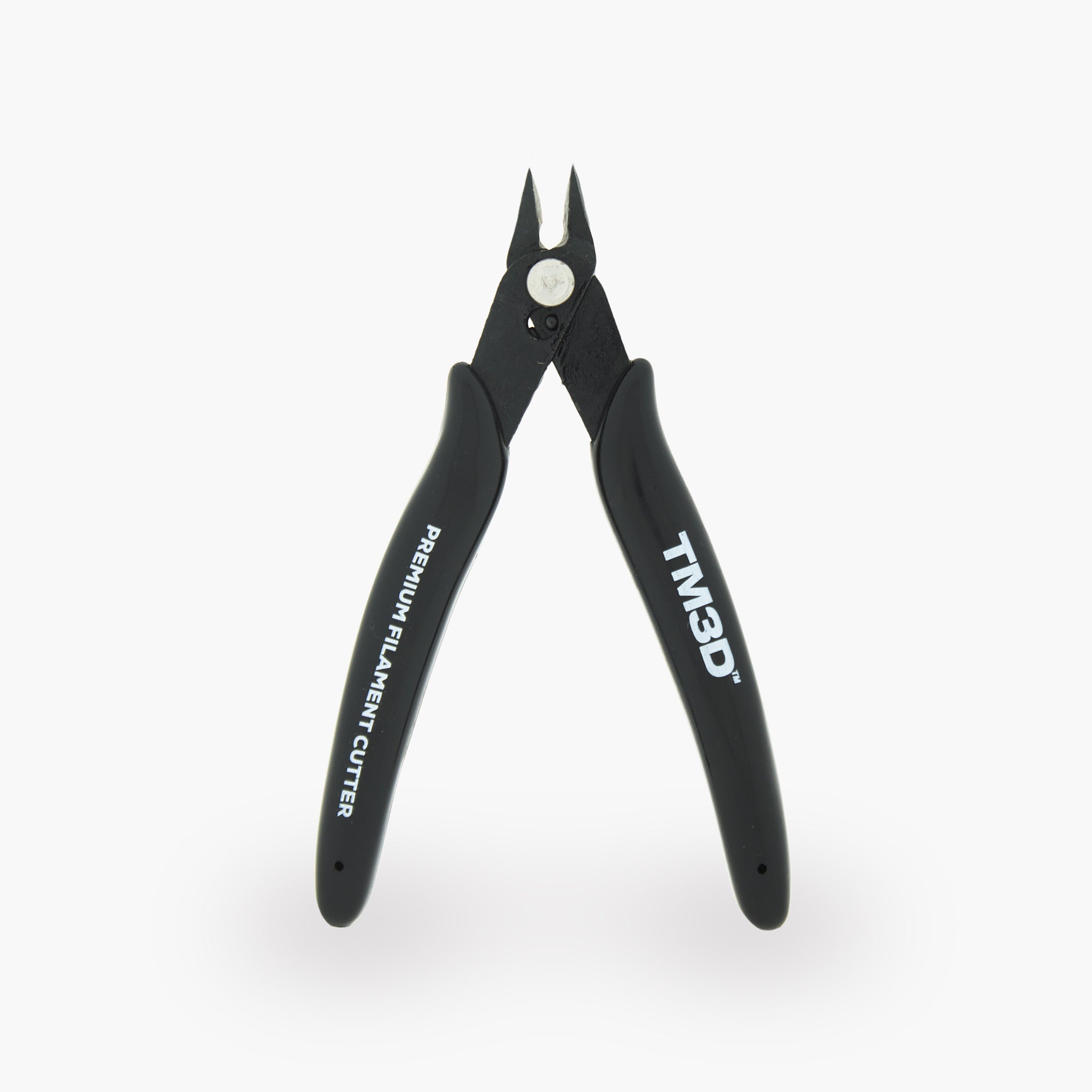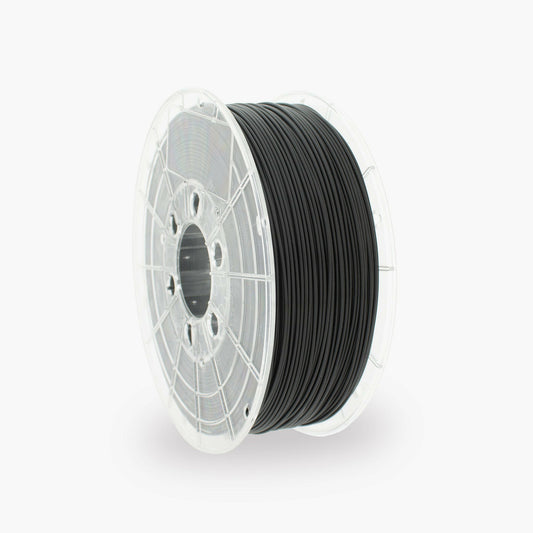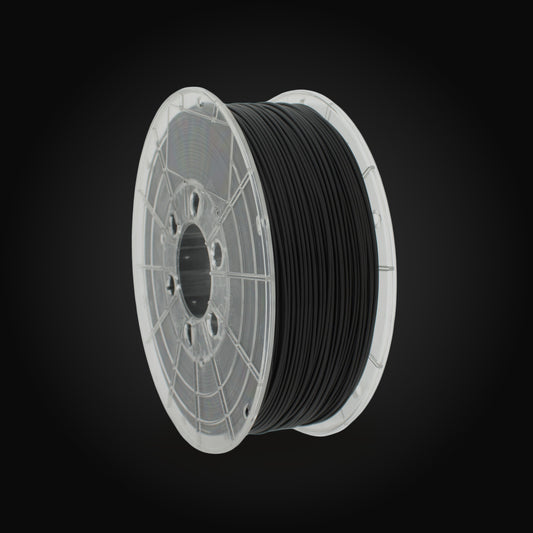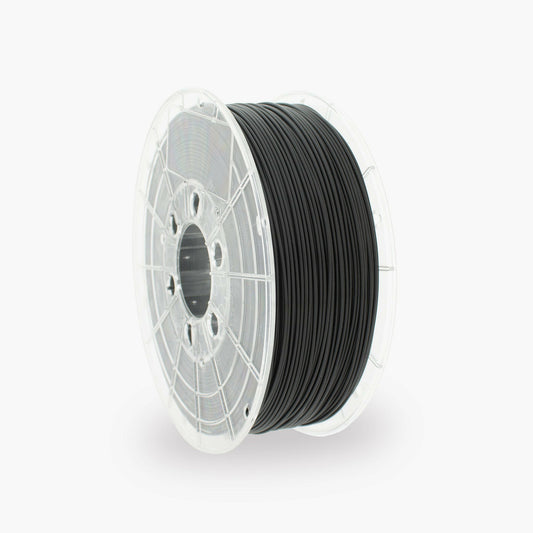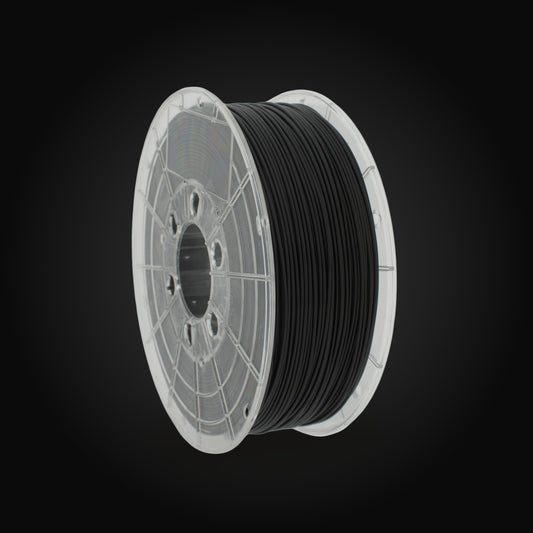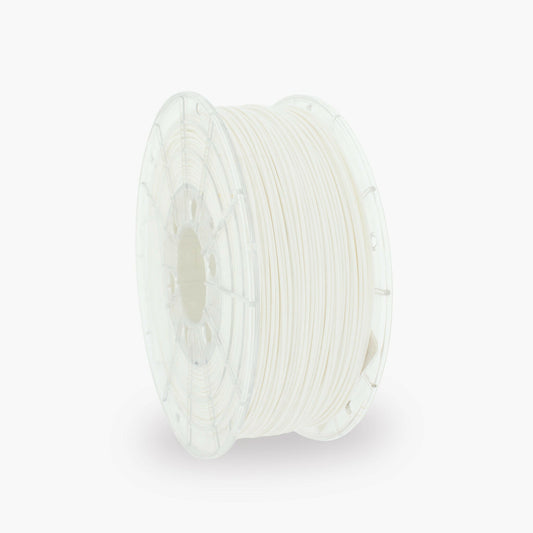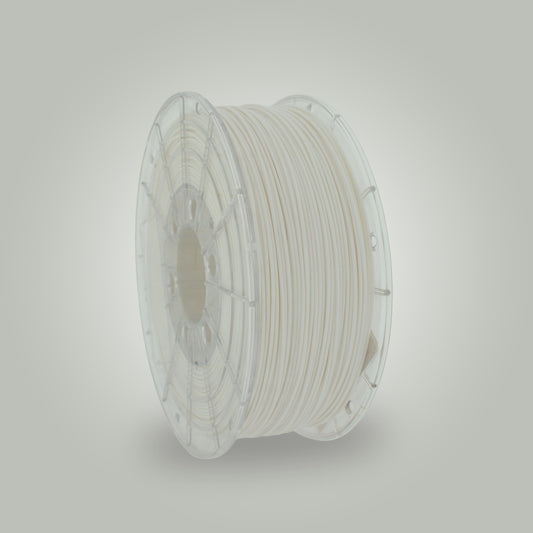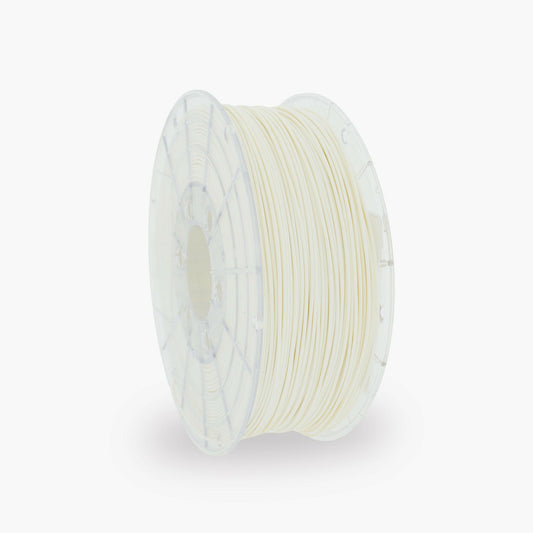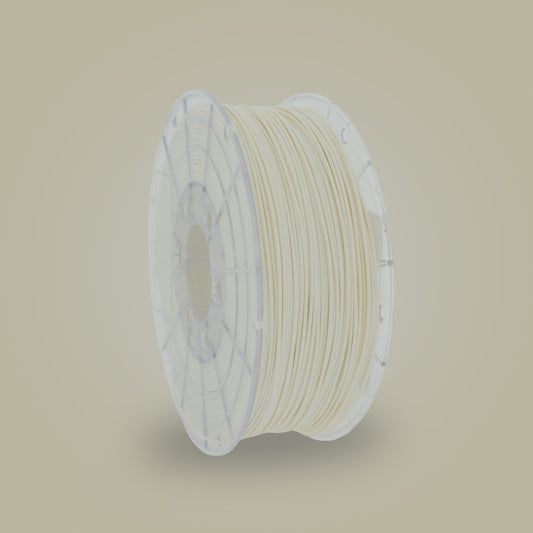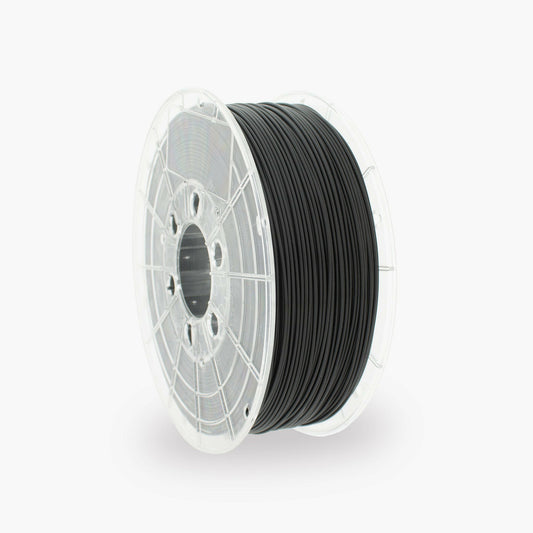Description
Dimensions
PLA - Galaxy (Glitter) Orange 3D Filament
Experience an enhanced 3D Printer experience with the industry leading PLA Galaxy (Glitter) Filament from TM3D. Available in diameters of 1.75mm and 2.85mm, please take note of this when ordering.
Features of PLA - Galaxy 3D Printer Filament:
- Glitter effect: The added glitter in the PLA Galaxy filament provides a brilliant and shiny finish to the printed objects. This makes it ideal for decorative items or projects where a visual impact is desired.
- Good printability: Just like standard PLA, PLA Galaxy is easy to print, with a lower tendency to warp than other materials. It adheres well to the print bed and does not require a heated bed, although this can contribute to even better adhesion.
- Print temperature: The recommended print temperature for PLA Galaxy generally lies between 190°C and 220°C. This may vary somewhat depending on the specific printer and environmental conditions.
Applications of PLA Galaxy (Glitter) 3D Filament:
- Decorative objects: Creating sparkling statues, models and works of art that have a visual impact.
- Jewelry and fashion accessories: Printing unique, glittering jewelry such as earrings, necklaces and brooches.
- Party decorations: Making personalized, glittery decorations for events and parties, such as Christmas ornaments or birthday decorations.
- Prototypes and models: The use of glitter effect to add a distinctive finish to prototypes or models, especially in the design and architecture sectors.
Note: Due to the glitter in PLA Galaxy, nozzles may wear out more than with standard PLA filament. When printing multiple projects in succession, it is recommended to use a wear-resistant nozzle, such as a hardened steel nozzle, to minimize wear and maintain consistent results.
| Product options |
|
| Product Type | |
| Product collections |
| Inhoud | Breedte | Buitendiameter | Inwendige diameter | Materiaal | Spoelkleur |
|---|---|---|---|---|---|
| 1KG | 65mm | 200mm | 50mm | PC | Transparent |
| 3KG | 95mm | 300mm | 55mm | Plastic | Zwart |
| 5KG | 95mm | 350mm | 50mm | Plastic | Zwart |
| 10KG | 243mm | 335mm | 50mm | Plastic | Zwart |
